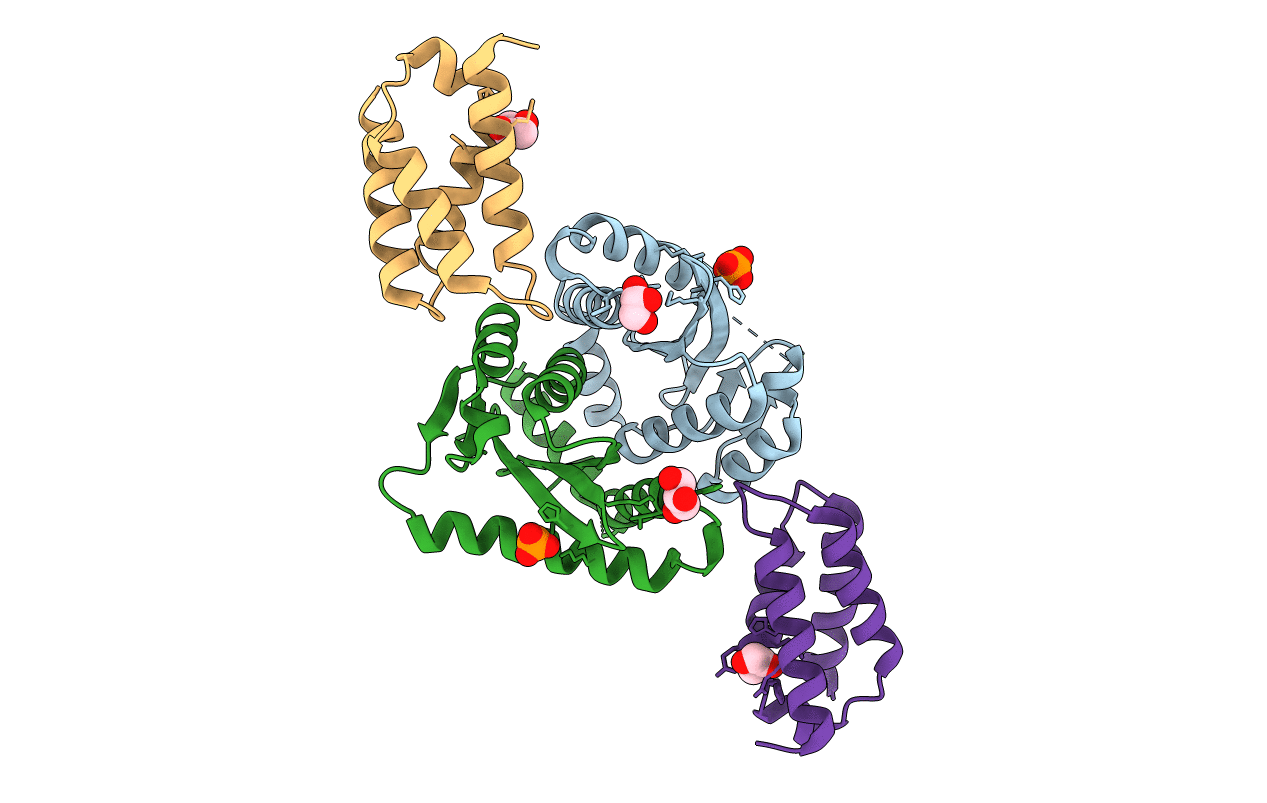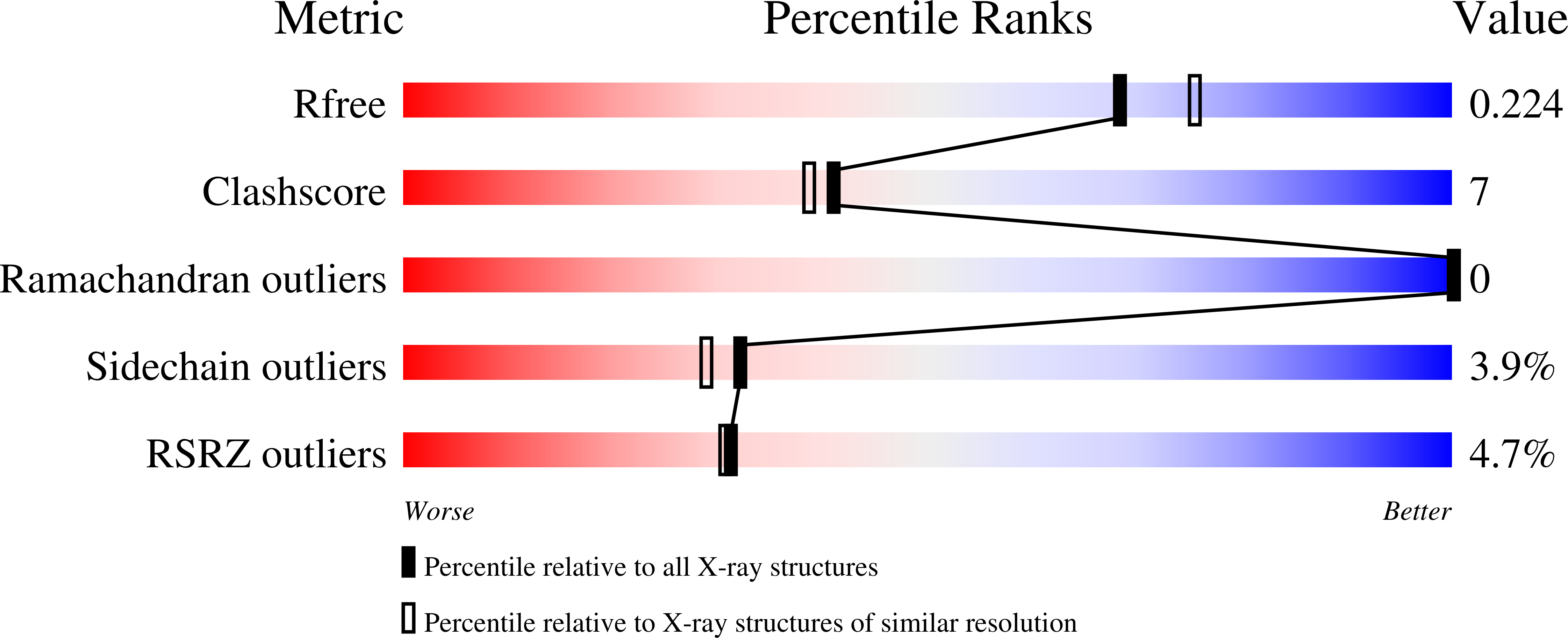
Deposition Date
2005-09-24
Release Date
2005-10-25
Last Version Date
2023-08-23
Entry Detail
PDB ID:
2B4J
Keywords:
Title:
Structural basis for the recognition between HIV-1 integrase and LEDGF/p75
Biological Source:
Source Organism:
Human immunodeficiency virus 1 (Taxon ID: 11676)
Homo sapiens (Taxon ID: 9606)
Homo sapiens (Taxon ID: 9606)
Host Organism:
Method Details:
Experimental Method:
Resolution:
2.02 Å
R-Value Free:
0.22
R-Value Work:
0.18
R-Value Observed:
0.18
Space Group:
C 1 2 1


